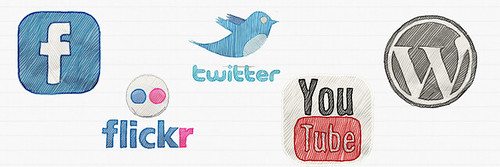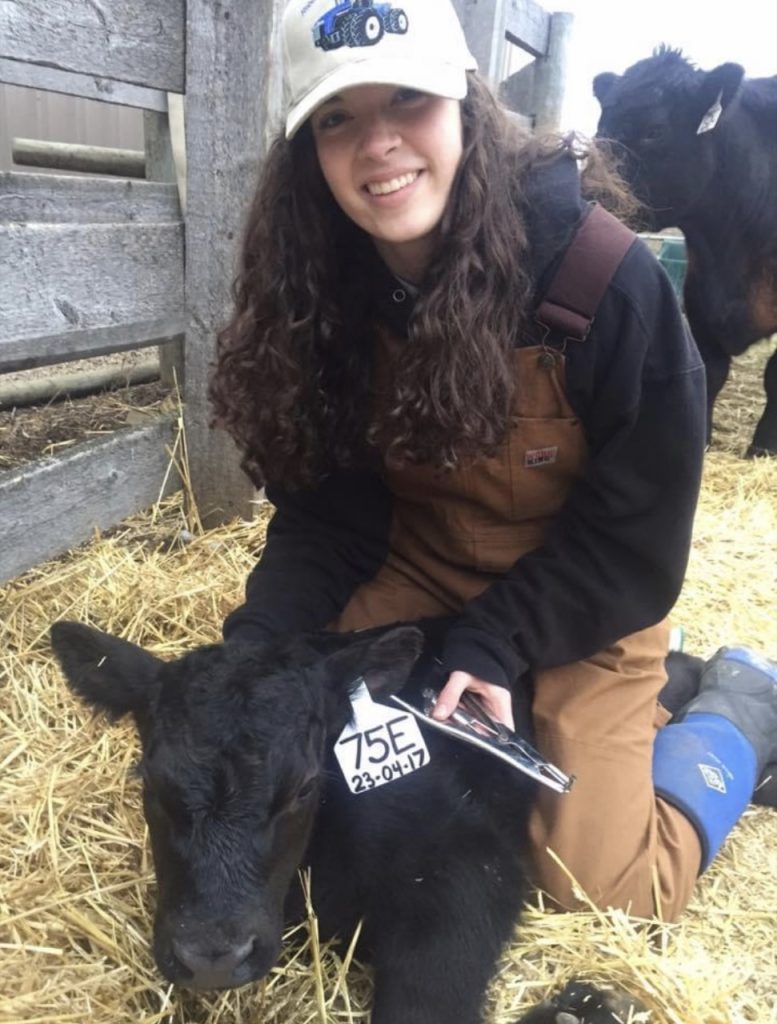
In a world where technology is becoming so prominent, our digital identities are becoming large factors of who we are – or maybe just large factors on how others perceive us. For example, in last week’s class, we discussed how these digital identities are becoming what potential employers seek before hiring or interviewing us. This demonstrates the importance of being aware of one’s own digital identity, as they have an impact on our lives even outside of the digital realm. To help in developing a deeper understanding of our digital identities, we were each asked to cybersleuth (to stalk online) a fellow classmate. With that, this week I learned a little bit about my classmate, April, based off of her digital identity.
When I searched April’s name on Google, I was unable to find anything about her. Instead, I found people who share the same name as her. However, when I typed “Regina” after her name, I was quickly able to find her Instagram and Twitter. To help with my sleuthing, I decided to go directly to a few social media platforms and search her name using their search engines. Through this, I was able to find her Facebook profile and her Pinterest account. Below is what I was able to gather from cybersleuthing April:
April is 21 years old and was born on October 2nd, 1998. She seems to enjoy the outdoors, as the majority of her Facebook photos are taken outside. In addition, she seems to like cows, as she has a cow on her Instagram bio, as well as a picture with one featured in one of her Facebook stories (pictured to the right). April seems to be deeply rooted in her faith, as she displays a bible verse in her Instagram bio, has a Pinterest board dedicated to bible verses, has attended Millar College of the Bible in BC from 2016 to 2017, and has also volunteered with MB Mission – SOAR Saskatchewan. Based on April’s Pinterest, she seems to be interested in Disney, cooking and baking, and fashion. She also has a Pinterest board dedicated to teaching resources, which demonstrates her passion for teaching and growing professionally. In addition to professional development, April also shares plenty of educational resources on her Twitter.
Based on what I’ve gathered, April appears to be well-organized, kind, open to growth, passionate about learning, and very professional. Her personal social media accounts are all kept private, whereas her professional ones, such as her blog and Twitter account are available for future employers and/or colleagues to see – which I believe is a great way to keep a balance between work, school and personal life. Nicole Lee also emphasizes this balance in her post about having multiple online identities, as she states, “Different sites, different audiences, different purposes.” As well as, “Think of it this way: Would you invite everyone you’ve ever met to your birthday party?,” boyd said. “To your office? To your wedding? Different events involve different segments of your network and involve different protocols and behaviors.” I believe that this analogy is a great comparison on why and how individuals choose what to post publicly or keep private.

For some people, their digital identities become a mask they hide behind – causing others to believe that their lives are perfect. An example of this is Madison Holleran’s story. If one were to base Madison’s life off of her Instagram profile, one would see an intelligent, start athlete with loving friends and family – some may say she had it all. However, behind these photos, Madison struggled with mental health issues, and unfortunately died of suicide in 2014. I believe that this demonstrates how much social media really filters out our lives and that we cannot solely rely on social media to know a person, as what we see on these platforms aren’t always clear depictions of individuals. Additionally, sometimes people are robbed from their digital identities. For example, Monica Lewinsky was robbed from her digital identity when her scandal with former US president, Bill Clinton flooded the internet. In Lewinsky’s TED Talk, she makes the statement, “I was seen by many, but actually known by few.” I believe that this statement is so simple, yet so strong, as it demonstrates how much people perceive us based on our digital identities and when these identities are stolen and twisted, it really takes a toll on a person.
Finally, there are some individuals whose digital identities have been flawed due to poorly made decisions. A few examples include the two high school seniors from Georgia who posted a racist TikTok and are now prohibited from graduating, as well as the student who posted an ignorant and racist post in response to the Black Lives Matter movement on her Instagram, causing her college scholarship and acceptance to be revoked. I believe that as future educators, not only is it important for us to be aware of our own digital footprints, but it is also important that we teach our students about digital citizenship and their own personal digital identities. For middle years and high school students, I think that taking part in a cybercleuthing activity themselves could be a very beneficial and effective way of teaching them the importance of digital citizenship.
Overall, I believe that becoming aware of one’s own digital identity is extremely important. Not only does it affect others’ perceptions of us, but it also plays a prominent role in our lives outside of the digital world. In addition, it is also just as important not to believe everything that is posted online. As Kate Faggan states in her article on Madison Holleran’s story, “Everyone presents an edited version of life on social media. People share moments that reflect an ideal life, an ideal self.”

